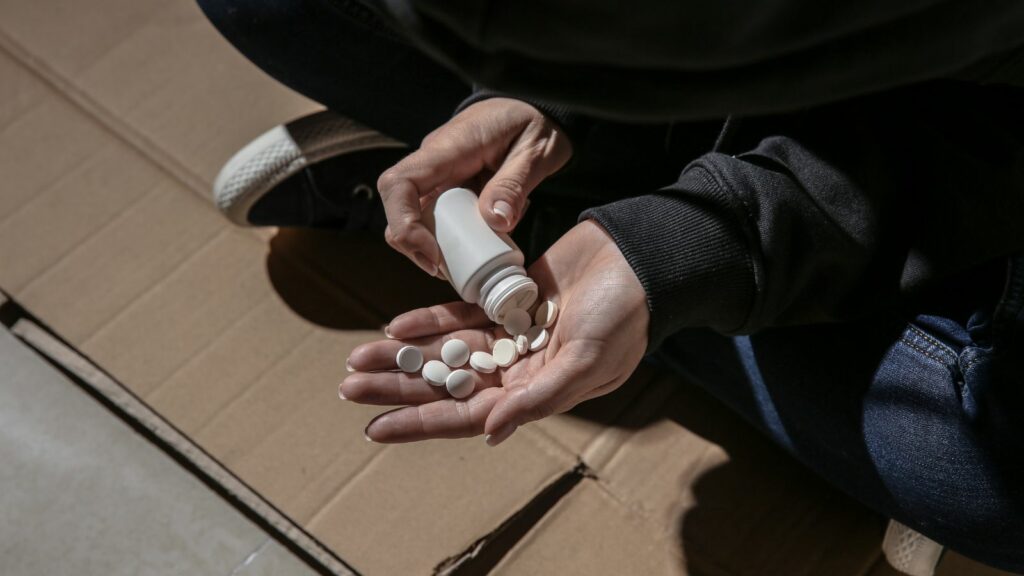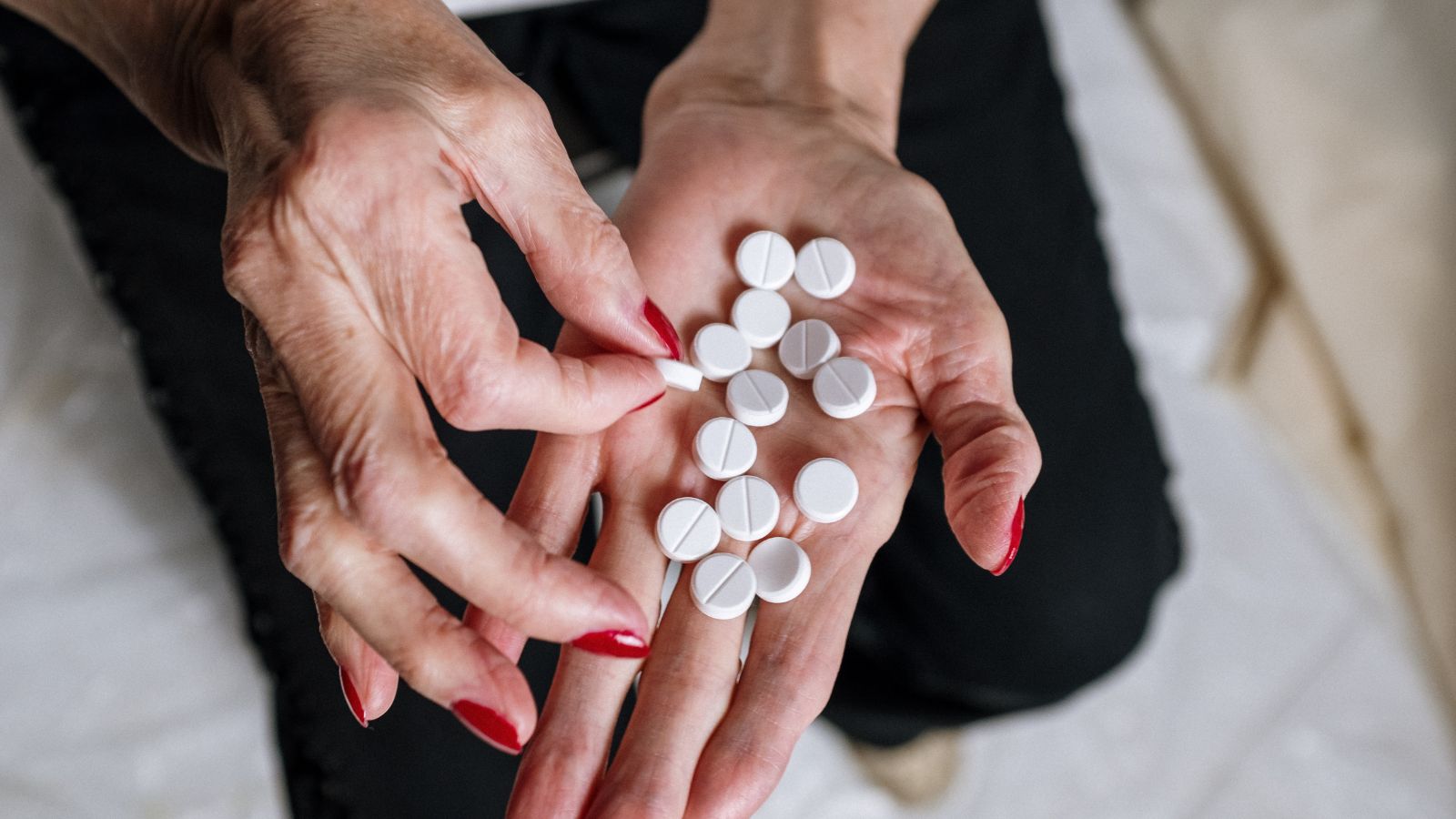The development of a new drug is a rigorous, multi-phase process that requires years of research, testing, and regulatory approvals. On average, it takes 10 to 15 years and costs billions of dollars to bring a single drug from the lab to the market. Given the complexity of this journey, drug discovery and development services play a crucial role in optimizing each stage, ensuring efficiency, compliance, and safety.
This article explores the key stages of drug development, highlighting the essential steps involved in transforming a promising compound into an approved treatment available to patients.
Stage 1: Drug Discovery and Preclinical Research
The process begins with drug discovery, where researchers identify and develop compounds that may be effective against a specific disease. This stage typically includes:
1.1 Target Identification and Validation
- Scientists study disease mechanisms to find biological targets (proteins, enzymes, or genes) that can be modified by a drug.
- Advanced computational modeling and AI help predict which molecular interactions may be effective.
1.2 Compound Screening and Optimization
- Thousands of chemical compounds are screened using high-throughput screening (HTS) methods to identify potential drug candidates.
- AI and machine learning assist in predicting the effectiveness and toxicity of these compounds.
1.3 Preclinical Testing (In Vitro and In Vivo Studies)
- Before human trials, selected drug candidates undergo rigorous laboratory (in vitro) and animal (in vivo) testingto evaluate safety, toxicity, and potential side effects.
- Pharmacokinetics and pharmacodynamics (PK/PD) studies assess how the drug is absorbed, distributed, metabolized, and excreted in the body.
At this stage, drug discovery and development services provide essential support, including compound synthesis, biological testing, and regulatory preclinical studies to determine whether a drug can proceed to clinical trials.

Stage 2: Clinical Trials (Phases 1–3)
If preclinical testing is successful, the drug enters clinical trials, where it is tested on human subjects. Clinical trials are conducted in three sequential phases, each with increasing complexity and participant numbers.
2.1 Phase 1: Safety & Dosage Testing
- Conducted with 20-100 healthy volunteers or patients with the disease.
- Focuses on determining the safe dosage range, potential side effects, and how the drug interacts with the body.
- Approximately 70% of drugs move past Phase 1 to the next stage.
2.2 Phase 2: Efficacy & Side Effects Evaluation
- Involves 100-500 patients who have the targeted disease.
- Assesses the drug’s effectiveness, optimal dosing, and short-term side effects compared to a placebo or existing treatment.
- Only about 33% of drugs progress past Phase 2 due to efficacy concerns.
2.3 Phase 3: Large-Scale Testing for Approval
- Conducted on 1,000-5,000 patients across multiple locations.
- Aims to confirm efficacy, monitor rare side effects, and compare the new drug with standard treatments.
- Data from Phase 3 is crucial for regulatory approval, but only 25-30% of drugs successfully reach this stage.
Throughout clinical trials, drug discovery and development services assist with trial design, patient recruitment, data monitoring, and regulatory compliance to ensure efficiency and accuracy.
Stage 3: Regulatory Review and Approval
Once clinical trials are successfully completed, pharmaceutical companies submit a New Drug Application (NDA) to the U.S. Food and Drug Administration (FDA) or equivalent regulatory bodies worldwide (such as the European Medicines Agency (EMA) or Medicines and Healthcare Products Regulatory Agency (MHRA)).
3.1 The Regulatory Approval Process Includes:
- A thorough review of clinical trial data to assess safety and effectiveness.
- Manufacturing and quality control inspections to ensure drug production meets stringent standards.
- Labeling and marketing approval to provide clear instructions on drug usage.
Regulatory agencies may request additional studies or modifications before granting approval. This process can take 6 months to 2 years, depending on the complexity of the drug and the level of supporting data.

Stage 4: Manufacturing and Commercialization
Once a drug is approved, it moves into large-scale production and market distribution. This stage includes:
4.1 Scaling Up Manufacturing
- Good Manufacturing Practices (GMP) are followed to ensure high-quality, contamination-free drug production.
- Companies may outsource manufacturing to specialized contract manufacturing organizations (CMOs).
4.2 Drug Distribution and Market Launch
- Pharmaceutical companies collaborate with healthcare providers, pharmacies, and distributors to make the drug widely available.
- Marketing and education campaigns help inform doctors, pharmacists, and patients about the new treatment.
4.3 Post-Marketing Surveillance (Phase 4 Studies)
- Even after approval, drugs are continuously monitored for long-term safety, rare side effects, and overall effectiveness.
- If serious safety concerns arise, regulatory agencies may issue warnings or recall the drug from the market.
The Role of AI and Automation in Drug Development
Modern drug discovery and development services are increasingly using artificial intelligence (AI) and automation to speed up and improve the drug development process. Key benefits include:
- AI-Powered Drug Design: Machine learning models predict the best drug candidates, reducing trial-and-error efforts.
- Automated High-Throughput Screening (HTS): AI-driven lab automation speeds up compound testing.
- Predictive Clinical Trial Modeling: AI optimizes trial design, patient selection, and data analysis, improving trial success rates.
- Real-Time Pharmacovigilance: AI tools continuously monitor post-market drug safety data to detect adverse effects faster.
By leveraging these technologies, drug companies can reduce costs, shorten development timelines, and increase success rates, ultimately bringing life-saving medications to market faster.
Conclusion
Bringing a new drug from the laboratory to market approval is an intricate, multi-step process requiring scientific innovation, rigorous testing, and strict regulatory oversight. Each phase presents unique challenges, but drug discovery and development services play a critical role in optimizing research, clinical trials, and regulatory approvals.
With advancements in AI, automation, and personalized medicine, the future of drug development is becoming more efficient and innovative. These technologies will continue to reshape the industry, leading to faster, safer, and more cost-effective treatments for patients worldwide.

